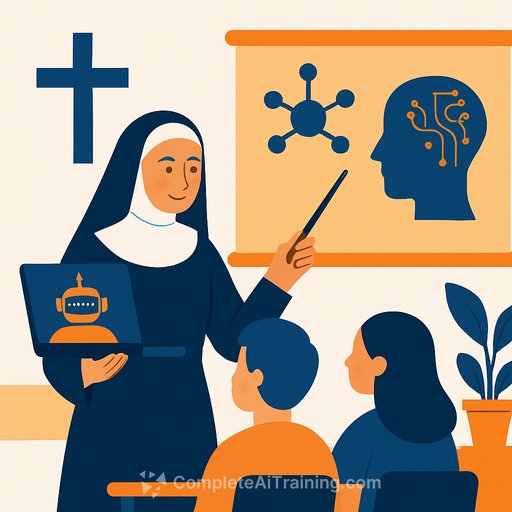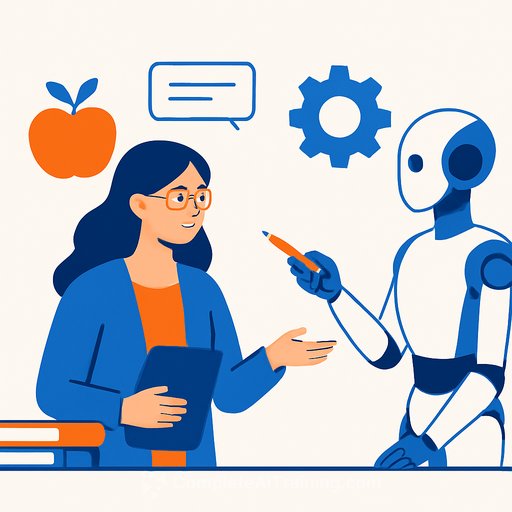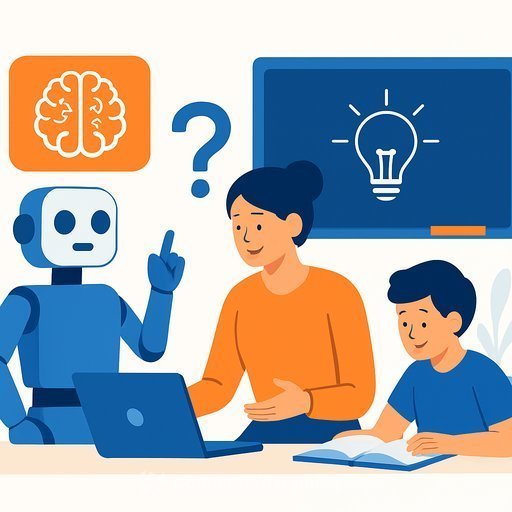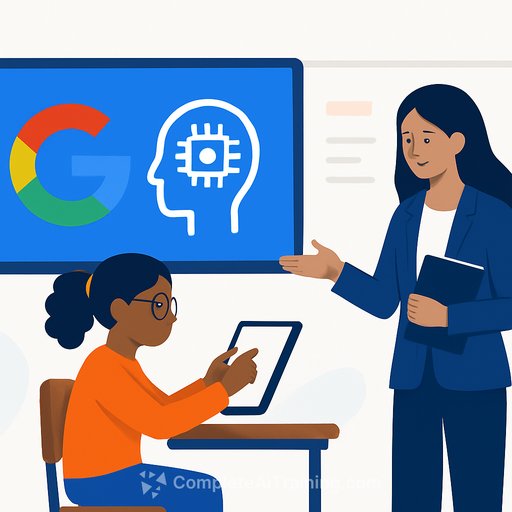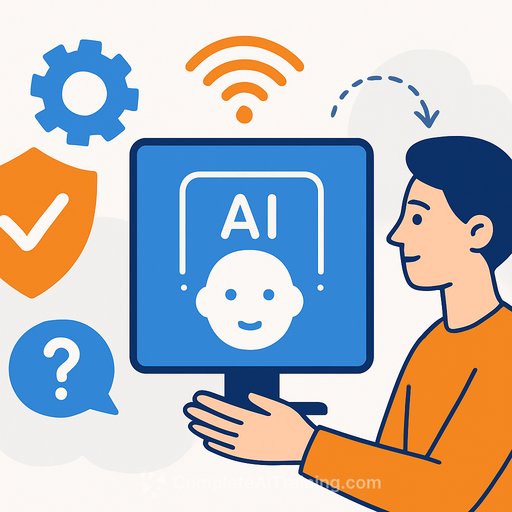Brave New Classroom: Catholic Schools Nationwide Integrate AI into Teaching Plans
Reading, writing, arithmetic — and now, artificial intelligence. Catholic schools across the country are adding AI to their educational toolkit, reshaping how teachers teach and students learn.
Father Nate Wills, a priest and director of Higher-Powered Learning at the University of Notre Dame’s Alliance for Catholic Education, explains the current focus: building AI literacy among teachers, students, and parents. Professional development is the starting point, introducing educators to AI tools and their classroom applications.
“Teachers need to know what’s out there to empower students and transform assessments,” Wills notes. Ignoring AI’s presence would be like a teacher in the 1970s being unaware of calculators.
Higher-Powered Learning offers seminars on classroom AI use, teacher training, and policy development, along with resources online. Yet, the shift feels huge. Wills admits, “This feels like a quantum leap for many.”
According to a RAND Corporation report from April 2024, 18% of K-12 teachers were regularly using AI in fall 2023, with another 15% trying it at least once. Establishing clear AI policies is a practical first step. Higher-Powered Learning provides adaptable templates and helps dioceses customize them.
Brad Snyder, associate superintendent for Catholic Schools in the Diocese of Orange, emphasizes that AI policies are living documents. “AI keeps changing,” he says. His diocese has spent 18 months preparing guidance to keep ahead of AI’s impact.
Snyder compares AI’s arrival to the early internet days. “Before, we used card catalogs. Now, AI will propel us forward in a similar way.” He expects significant changes in the next couple of years and stresses the need to stay informed.
Educators are aware of AI’s double-edged nature. There’s concern students might misuse AI to avoid learning. Snyder advises, “You need to monitor but also mentor. We want to support students in using AI correctly.”
He adds, “Students will use AI, so teaching them responsible use is critical.” AI isn’t about replacing human connection in Catholic education, which centers on community and relationship-building. Instead, AI should enhance teaching effectiveness and personalized skill development.
AI as a Teacher’s Assistant and Thought Partner
Steve Tortorello from the Archdiocese of Chicago calls AI a “sea change,” comparable to the internet’s impact. He envisions AI as a supercharged teacher’s assistant and a thought partner.
For example, if seventh graders need more practice identifying adjectives, AI can quickly generate customized worksheets. “If kids like Taylor Swift or Minecraft, AI can create practice sentences around those interests.” This boosts engagement and saves teachers hours of prep time.
“What might take 45 minutes can now be done in 10 seconds with AI,” Tortorello says.
AI also helps differentiate instruction. Instead of one article for all students, AI can adjust reading levels to match individual abilities. This ensures every student is challenged appropriately and improves comprehension.
Despite AI’s advantages, human oversight remains essential. Teachers generate, refine, and edit AI outputs to fit their needs, preserving quality and accuracy.
Beyond time savings, Tortorello highlights AI’s role in reducing teacher burnout, contributing to a better work-life balance.
Supporting Educators with AI Training
In July, OpenAI and Microsoft announced $23 million in funding to create a national AI training center for teachers. This includes contributions from the A.I. startup Anthropic and support from the American Federation of Teachers.
At Union Catholic High School in New Jersey, Assistant Principal Noreen Andrews recalls the moment AI’s impact became clear: when AI began writing AP exam essay questions. “I wanted to make sure we understood what had come into our world and what was never leaving.”
She shares a key mindset: “AI will not replace you. But people using AI will.” This message guides conversations with educators and parents alike.
Union Catholic’s approach started with teacher training, followed by student engagement, and now focuses on AI literacy. In January, the school earned the Responsible Artificial Intelligence in Learning (RAIL) endorsement from the Middle States Association of Colleges and Schools, committing to safe and ethical AI use.
Andrews stresses their goal isn’t to impose strict rules but to teach students responsibility with AI, devices, and the internet. “Our most important task is preparing students to thrive in this new environment.”
Practical Resources for Educators
Catholic schools looking to adopt AI can benefit from resources like those offered by Complete AI Training, which provides courses and guidance tailored for educators.
As AI continues to evolve, schools that invest in literacy, mentor students thoughtfully, and embrace AI as a tool will be better prepared to enhance learning while maintaining the core values of Catholic education.
Your membership also unlocks:

